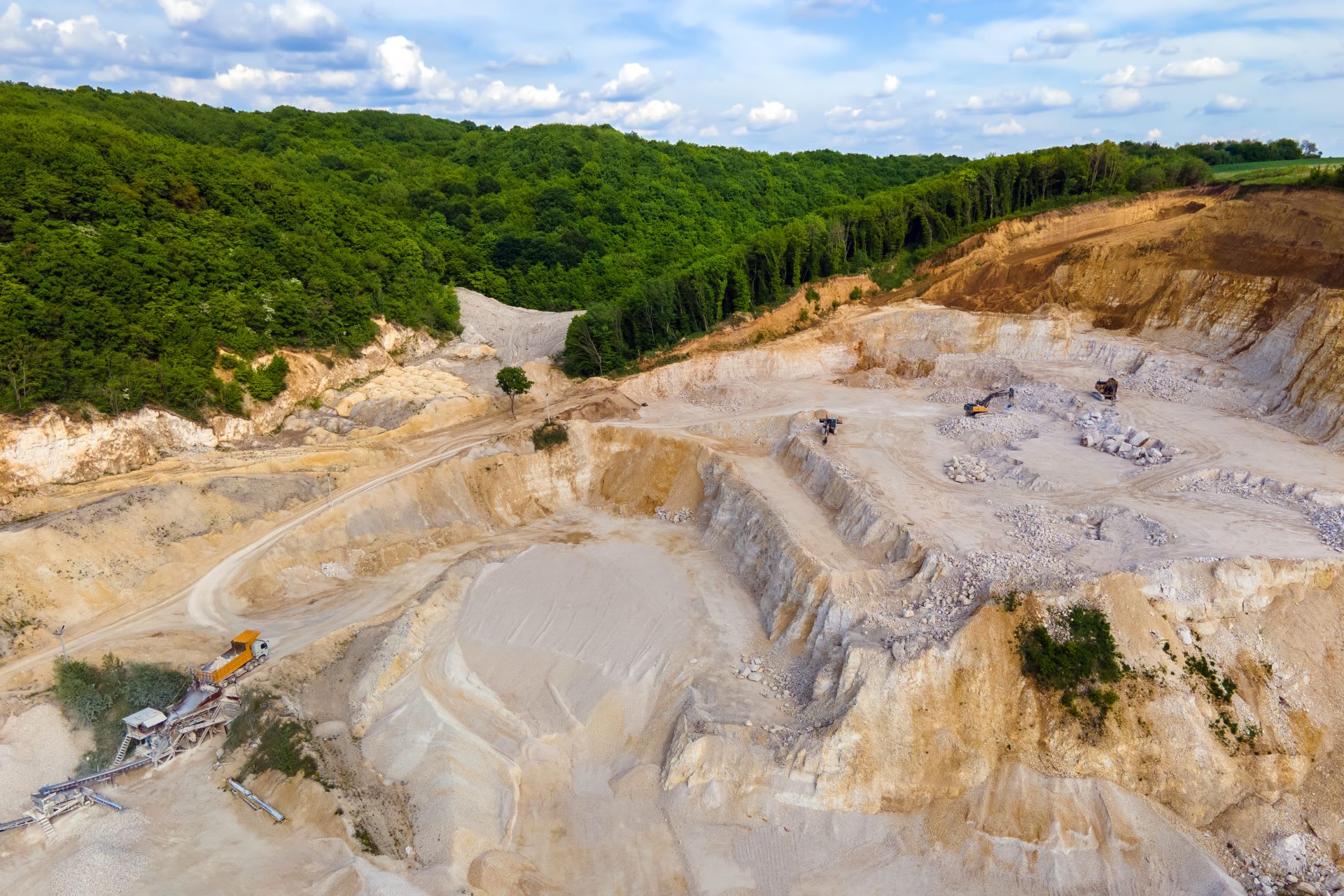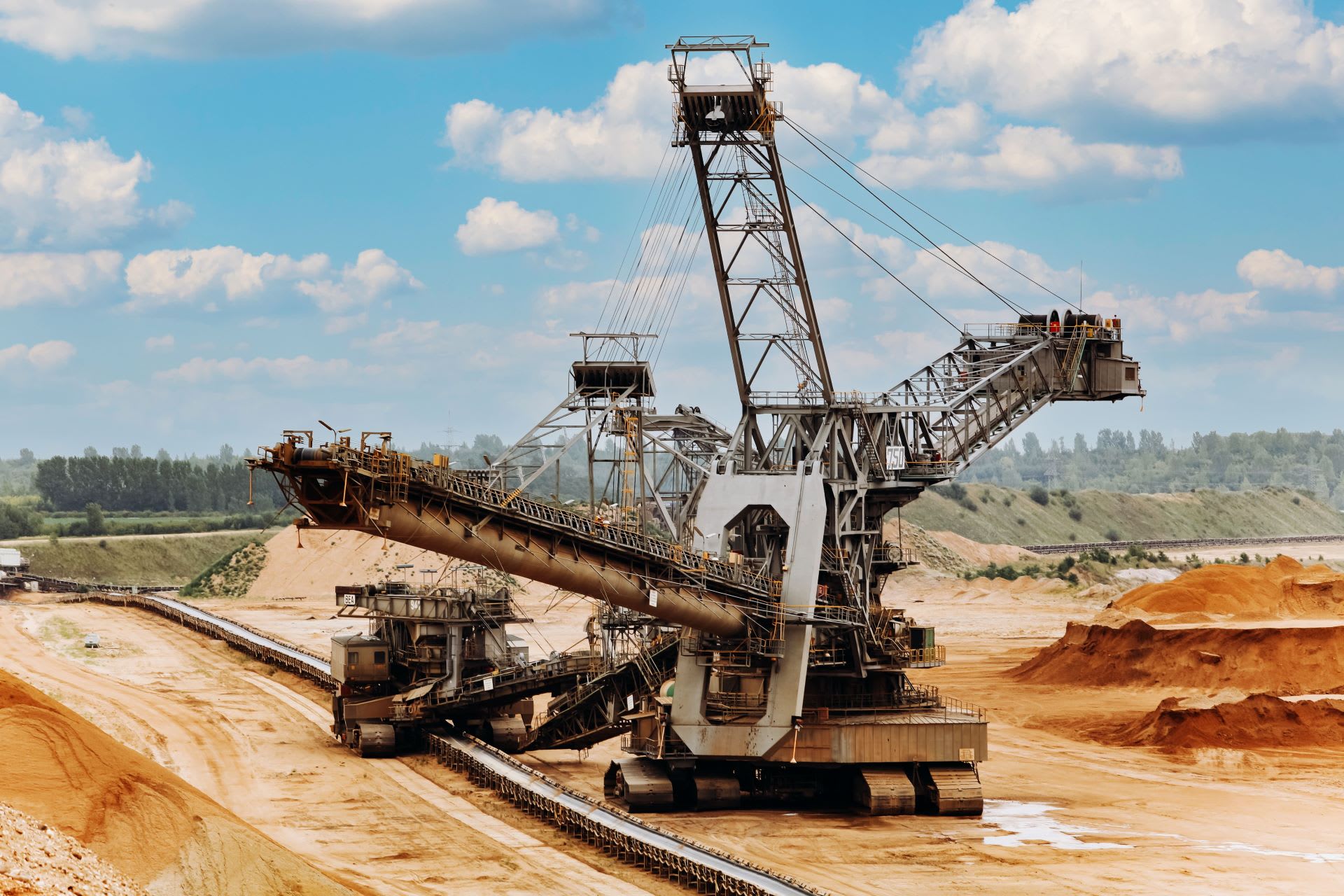- Published 9 Feb 2024
- Last Modified 6 Mar 2024
- 5 min
Towards Sustainable Mining Practices in Australia
Explore sustainable mining practices in Australia and discover how RS Australia supports eco-friendly mining with energy-efficient equipment.

Australia’s mining industry is a pillar of the economy that drives economic growth, creates substantial employment opportunities and bolsters local communities. Statistics show that the sector employs over 1.2m people and accounts for 8% of the country’s GDP. However, this comes at a significant ecological cost. From landscape alteration to the depletion of natural resources, mining is an activity that is well-known for causing environmental disruption.
Sustainable mining practices are the best way to strike a balance between the need for economic gain with the preservation of Australia’s diverse ecology. These practices are not just a response to environmental concerns, but a necessary evolution for the longevity and responsibility of the mining sector.
Let’s explore the environmental impacts of mining and the sustainable practices that can mitigate these effects.

The Impact of Mining on the Environment

Mining operations typically involve large-scale excavations that remove topsoil and vegetation, drastically altering the natural terrain. This destruction of habitat directly affects local wildlife and plant species, disrupting ecosystems and leading to biodiversity loss.
Additionally, the waste generated from mining activities, including tailings and slag, can contaminate soil and water sources. Other mining processes, such as acid mine drainage, where exposed minerals react with air and water to create acidic runoff, can also lead to the contamination of waterways and groundwater. This negatively affects agricultural lands and drinking water supplies.
Lastly, air pollution from mining operations, such as the release of particulate matter and gases like sulphur dioxide and nitrogen oxide, reduces air quality and poses health risks to nearby communities. Sustainable mining practices aim to prevent or mitigate these negative impacts to protect the environment.
What is Sustainable Mining?
Sustainable mining encompasses practices and methodologies that make mining operations environmentally responsible, socially equitable, and economically viable. This approach is centred on minimising the ecological footprint of mining activities while ensuring that the economic benefits of mining are balanced with the interests of local communities and the environment.
Organisations like the Minerals Council of Australia are at the forefront of advocating for a shift towards sustainable mining. The Council’s initiative, “Towards Sustainable Mining”, outlines a framework that encourages mining companies to adopt sustainable practices. This framework includes specific guidelines on environmental stewardship, community engagement, and ethical business practices, all aimed at fostering a more sustainable and responsible mining sector in Australia.
How Mining Companies Can Practise Sustainable Mining
1. Use Lower Impact Mining Techniques
Lower impact mining techniques are a cornerstone of sustainable mining practices. These methods, such as in-situ leaching, minimise land disturbance and environmental degradation. Unlike traditional mining which uses extensive physical excavation, lower impact techniques aim to extract minerals by dissolving them and pumping them out, reducing surface disruption and waste generation.
Selective mining is another sustainable mining practice which focuses on extracting high-grade ores while leaving low-grade materials undisturbed. This method helps to conserve resources and reduces the amount of waste produced. By prioritising less invasive techniques, mining companies can significantly diminish their ecological footprint and preserve the integrity of the mining site.
2. Reuse Mining Waste
Mining companies in Australia can reduce their carbon footprint by managing waste effectively. Innovative practices are being developed to reuse and recycle mining waste, turning what was once considered useless into valuable materials. For instance, tailings, the materials left over after the extraction of valuable minerals, can be repurposed for construction materials.
Another approach involves the safe disposal of mining waste to prevent environmental contamination. This includes using advanced waste treatment technologies to neutralise harmful substances. By implementing these sustainable waste management strategies, mining companies can significantly reduce the environmental impact of their operations.
3. Rehabilitate Mining Sites
The rehabilitation of mining sites is a vital part of sustainable mining, focusing on ecological restoration post-mining operations. This process involves reshaping the land, replenishing topsoil, and planting native species to restore the area's natural ecosystem. The aim is to create a self-sustaining environment that can support local wildlife and plant life after mining operations have taken place.
Effective rehabilitation requires careful planning and ongoing monitoring to ensure the restored area remains healthy and stable. This process is not only about returning the land to its former state but also about improving it for future use, whether for conservation, agriculture, or community use. Successful rehabilitation demonstrates a mining company's commitment to environmental stewardship and social responsibility.
4. Use Energy-Efficient Mining Equipment
Energy efficiency is a key component of sustainable mining. By utilising more energy-efficient equipment, such as advanced electric motors for conveyor systems and transportation, mining operators can significantly reduce their energy consumption. AC motors, for instance, offer greater efficiency and reliability compared to traditional diesel-powered engines.
Using more energy-efficient mining equipment can also benefit mining companies in the form of lower operational costs and reduced greenhouse gas emissions to comply with sustainability regulations. By investing in modern, efficient equipment, mining companies can contribute to a more sustainable future while maintaining productivity and profitability.
Achieve Sustainable Mining Practices with RS Australia
As the mining industry in Australia moves towards more sustainable practices, operators need a reliable equipment partner to support them during the transition. With over 70 years of experience servicing mining companies in Australia and worldwide, RS has developed a deep understanding of the unique challenges and requirements of the sector.
Committed to assisting with this pivotal transition, we offer a comprehensive array of sustainable mining equipment, including energy-efficient electric motors, which are designed to meet the evolving environmental standards and practices of the industry. Partner with RS Australia today to meet your environmental and operational goals. Explore our solutions for the mining sector, and join us in shaping a sustainable future for Australia's mining industry.
Popular Electric Motor Brands
Schneider Electric
Schneider Electric provides energy-efficient motor solutions, specifically designed to enhance mining operations with their robust and eco-friendly technology.
Related links
- Achieving Environmental Management in Sustainable Mining
- Enhancing Workplace Safety Through Best Practices
- Understanding Conveyor Parts and Maintenance to Boost Mining Operation Efficiency
- Mining Efficiency: How Variable Frequency Drives Are Changing the Game
- Sustainable Semiconductors
- Connection Components
- The Role of Electric Motors in Sustainable Railway Systems
- Complete Guide on Essential Mining PPE for Health and Safety